Journey of a UK Family: Clubfoot Treatment in India ?
When a family from the UK discovered that their child was born with clubfoot, they faced an overwhelming challenge. Seeking the best possible treatment, they explored various options worldwide. Their journey led them to India, where they found hope, expertise, and a successful path to recovery. Why India for Clubfoot Treatment? India has become a global hub for advanced medical care, offering: Highly experienced orthopedic specialists. Affordable yet world-class treatment options. Comprehensive rehabilitation and physiotherapy programs. The Treatment Journey 1. Initial Diagnosis and Decision-Making After consulting specialists in the UK, the family learned about Ponseti treatment, a highly effective method for correcting clubfoot. They researched and found renowned pediatric orthopedic surgeons in India. 2. Arrival in India and Consultation Upon arriving in India, the family met with leading clubfoot specialists. The doctors provided a thorough assessment and developed a personalized treatment plan for their child. 3. The Ponseti Method – A Non-Surgical Approach The treatment involved: Gentle Manipulation & Casting: The child’s foot was gradually aligned using a series of casts. Tenotomy Procedure: A minor procedure to lengthen the Achilles tendon for better foot flexibility. Bracing Phase: To maintain the corrected position and prevent recurrence. 4. Rehabilitation and Follow-Up Post-treatment physiotherapy played a crucial role in ensuring long-term success. Regular follow-ups and guidance from specialists in India and the UK helped the child transition to normal mobility. Success Story: A New Beginning After months of dedicated treatment, the child achieved full correction and could walk normally. The family expressed immense gratitude for the expertise and compassionate care they received in India. Conclusion This inspiring journey highlights the significance of seeking expert medical care for clubfoot correction. India continues to be a trusted destination for families worldwide, providing hope and effective solutions for children with orthopedic conditions. For expert clubfoot treatment, consult Dr. Nargesh Agrawal at 8851777145.







